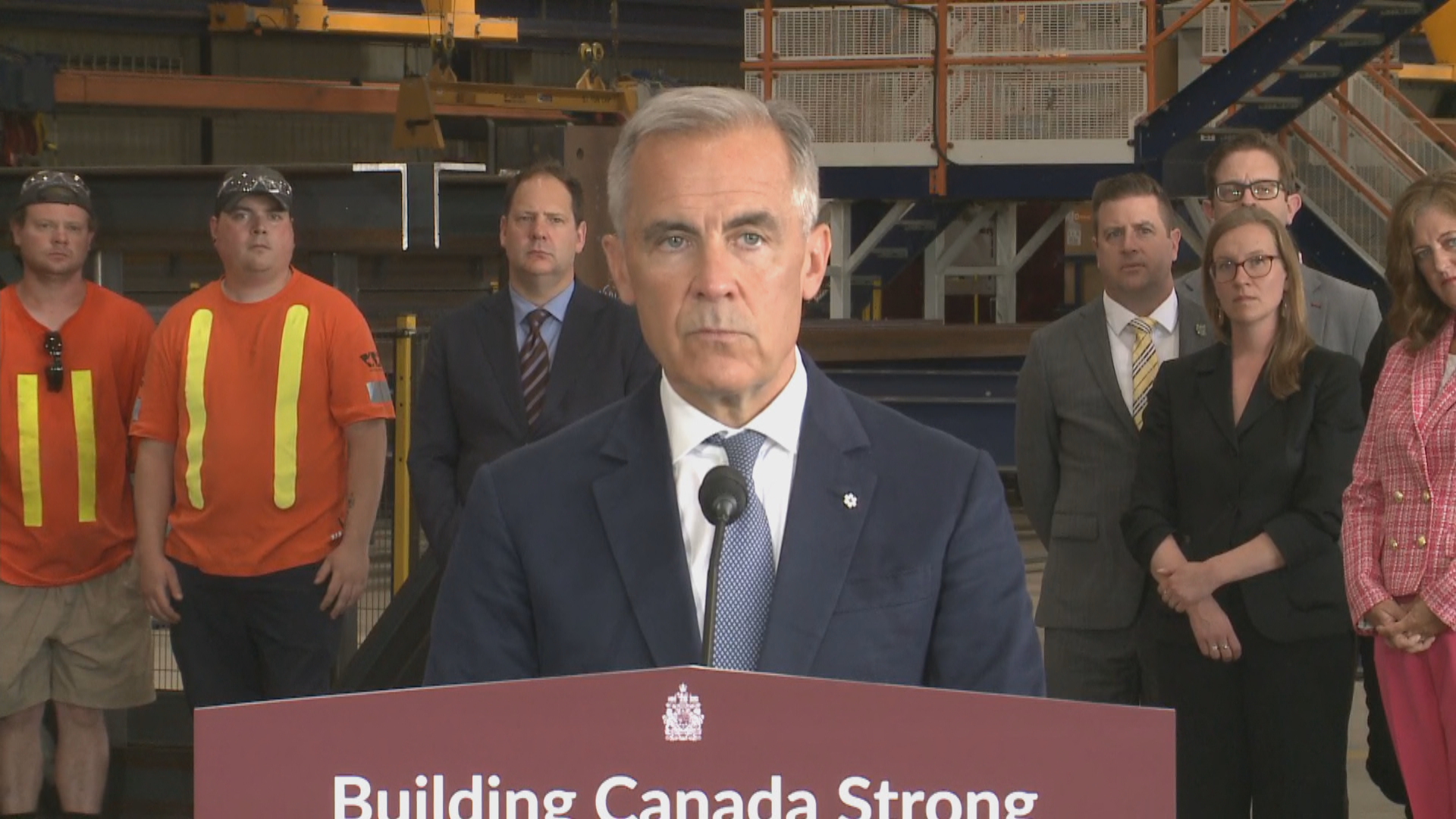Labor shortage in the construction industry is putting extra pressure on the housing shortage: experts

TORONTO — The construction industry is short of tens of thousands of workers, and experts say a coming wave of retirements could exacerbate the problem, even as Canada falls millions of homes behind what it takes to reach affordable housing this decade.
“That labor shortage will continue and will only increase,” said Reva Bond, dean of construction school at the Southern Alberta Institute of Technology.
The job vacancy rate in the construction industry is at an all-time high with about 80,000 job openings in the industry, CIBC Deputy Chief Economist Benjamin Tal said in a recent note.
That vacancy rate, which drives up construction costs and hinders productivity, comes at a time when the housing industry is under pressure to meet the demands of a growing population.
The Canada Mortgage and Housing Corporation predicts that by 2030, 3.5 million more homes will be needed than the country is currently on track to build.
However, the number of new homes built has fallen, from just over 271,000 in 2021 to 260,000 in 2022. And in May this year, the annual rate of home construction fell 23 percent month-on-month, according to the CMHC’s chief economist to forecast that only 210,000 to 220,000 new homes will be built by the end of the year.
There are several factors that CMHC credits for this gap, and labor shortages are one, in addition to higher interest rates, rising construction costs and zoning regulations.
It will be “incredibly challenging” to meet housing demand with a shortage of construction workers putting further pressure on housing supply, said CMHC deputy chief economist Aled ab Iorweth.
But industry experts don’t see the labor gap closing any time soon.
“It’s been years in the making,” said Kevin Lee, CEO of the Canadian Home Builders Association.
According to Lee, there has been a shift from guiding younger generations into skilled occupations for more than two decades, to what he calls the “knowledge economy.” That comes along with a growing shift at the other end of the workforce, where about one-fifth of the industry will retire in the next decade, he said.
“But it’s clear… the need to build homes has never gone away,” Lee said, adding that there’s also a growing demand for workers on the renovation side of the housing industry.
The labor shortage has a significant impact on productivity in the industry and also raises safety concerns, Tal said.
This was echoed by a recent industry survey by construction management software company Procore, where nearly 30 percent of respondents said they were unable to take on more projects in the past three to six months due to labor shortages.
However, labor shortages have also given manufacturing workers more bargaining power amid the rising cost of living, and wages are reflecting that. A recent report from RBC said that wages in the industry are up 9.4 percent in 2022, nearly double that in other industries.
Despite efforts by schools like SAIT to talk to high school students and a range of credit programs and grants, it’s still difficult to attract the younger generation to the industry, Bond said. The volatile nature of the job, which pays well by the hour but can vary depending on demand, has also led some to leave the industry, she said.
Efforts to recruit more women and under-represented groups into the professions have made progress, but Bond said there has been too much focus on recruitment and not enough on retention. Companies need a push to develop more inclusive practices, she said, to ensure that recruits from diverse backgrounds actually stay in the field.
Of course, labor shortages are just one of the problems contributing to a housing shortage, Lee noted. Higher material costs, red tape and higher interest rates all weigh on new home construction, he said.
Just as there are multiple factors contributing to the housing supply gap, there are multiple ways to address the construction labor shortage, Ab Iorweth said, “There is no silver bullet.”
In the labor report, CMHC proposed a number of solutions, including converting existing commercial buildings into residential units, building more multi-unit housing units, further encouraging people to enter the construction industry, and establishing more targeted immigration programs to bring workers to the acts.
While more needs to be done to attract people to the industry, the construction industry should also try to improve technology and innovation to close the gap, said Ab Iorweth.
Lee said an innovation that has the potential to streamline construction is the adoption of modular construction, where some aspects of the construction process are done in a factory rather than on site, with greater scope for automation. He said the CHBA is working on an industry transition strategy that should see the government help address some of the risks associated with using this technology, particularly the overhead costs, to support broader encourage acceptance.
Lee also said that a higher percentage of immigration should be allocated to those in skilled occupations. In May, the federal government announced the launch of category-based selection for the Express Entry and added commerce as one of its top work experience priorities, which it says is a step in the right direction.
But while it’s welcome to bring in more immigrants with skilled trade experience, Bond said it’s important for the industry to explore how to retain those workers.
As with the younger generation of Canadians trying to take on the industry, she worries that not enough attention is being paid to making construction jobs attractive in the longer term.
“Right now we’re not setting up the next generation for success,” she said.
This report from The Canadian Press was first published on July 2, 2023.


;Resize=620)
;Resize=620)